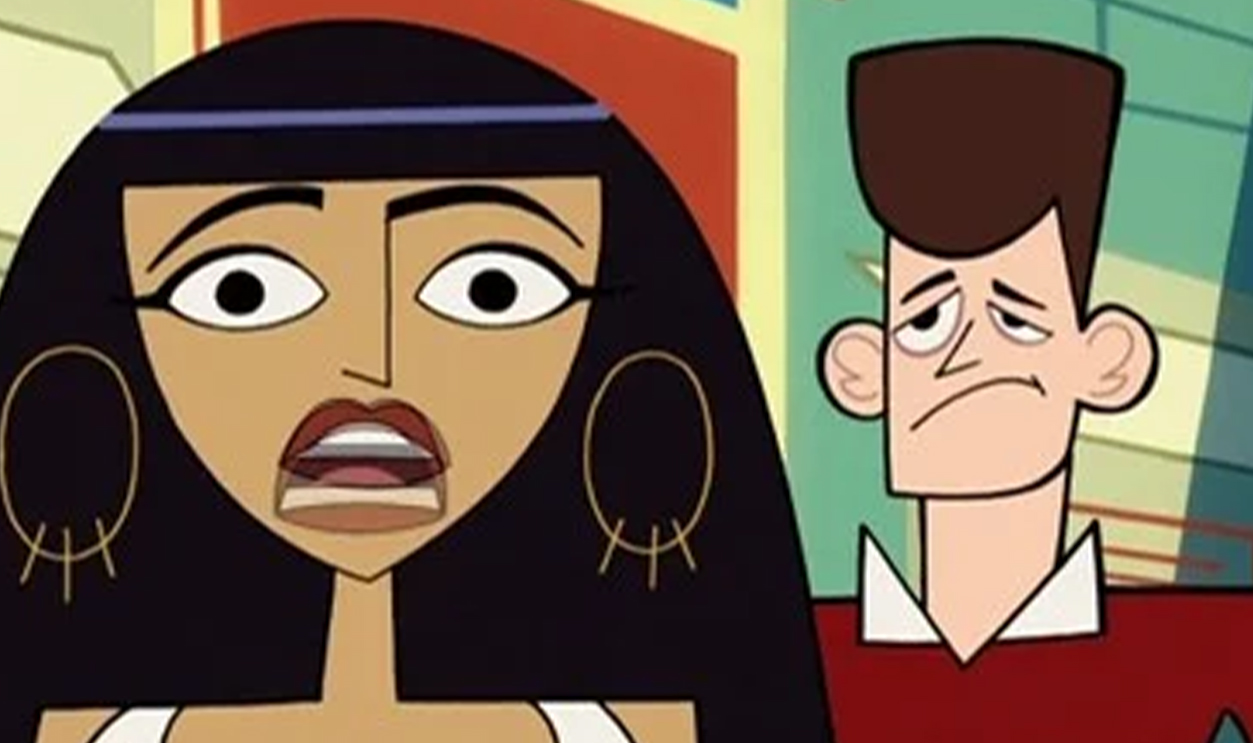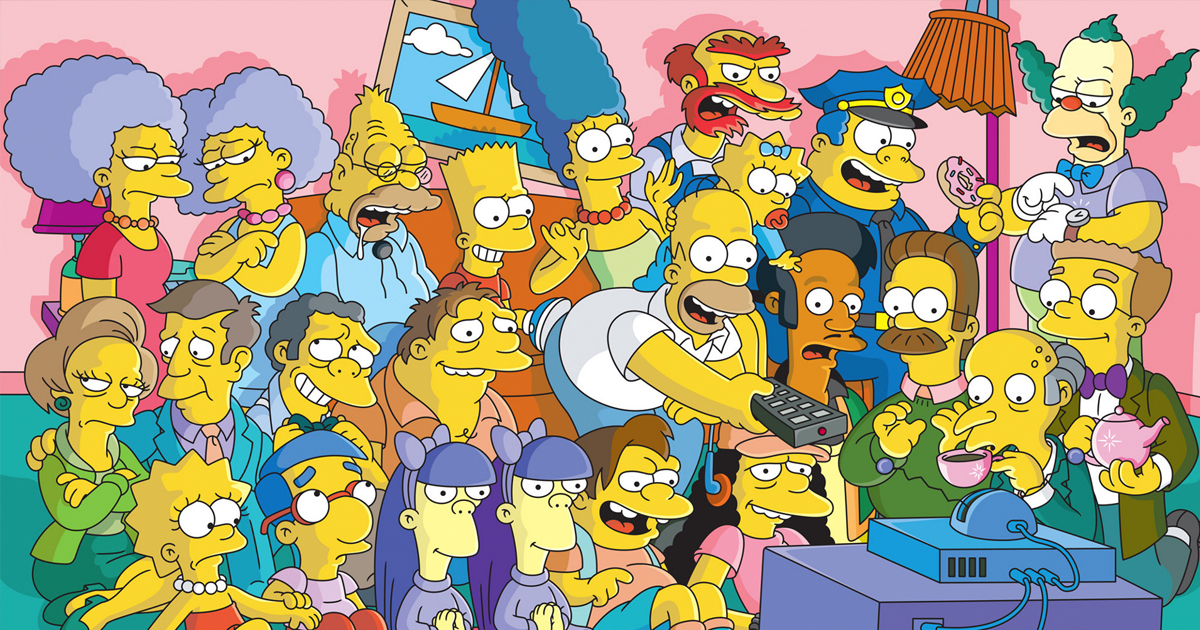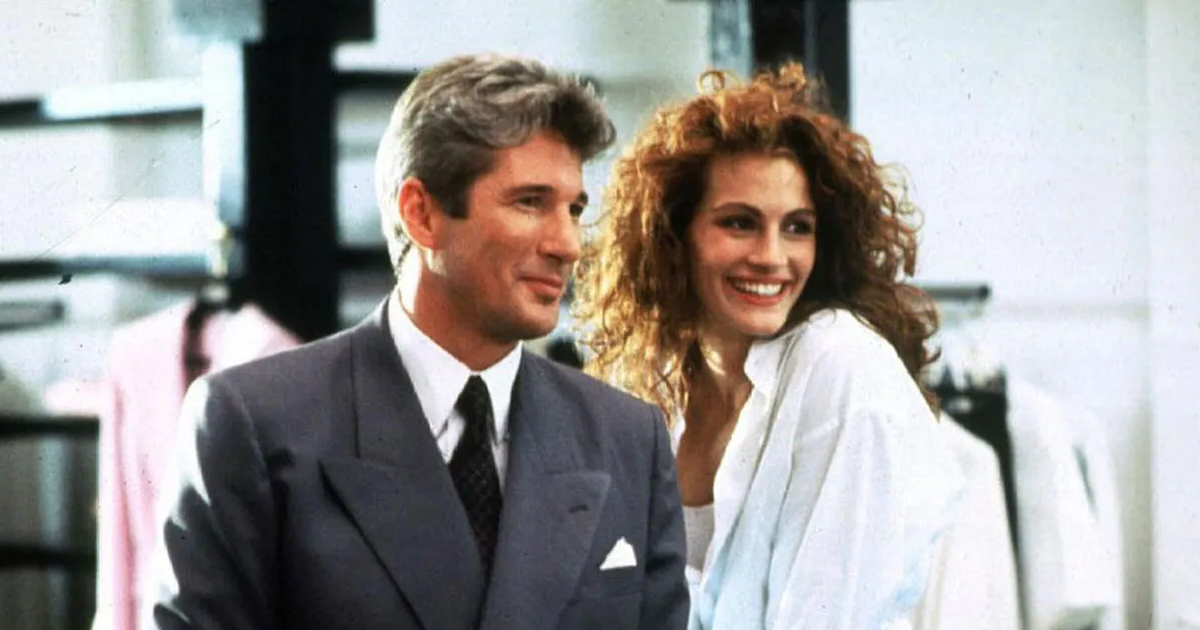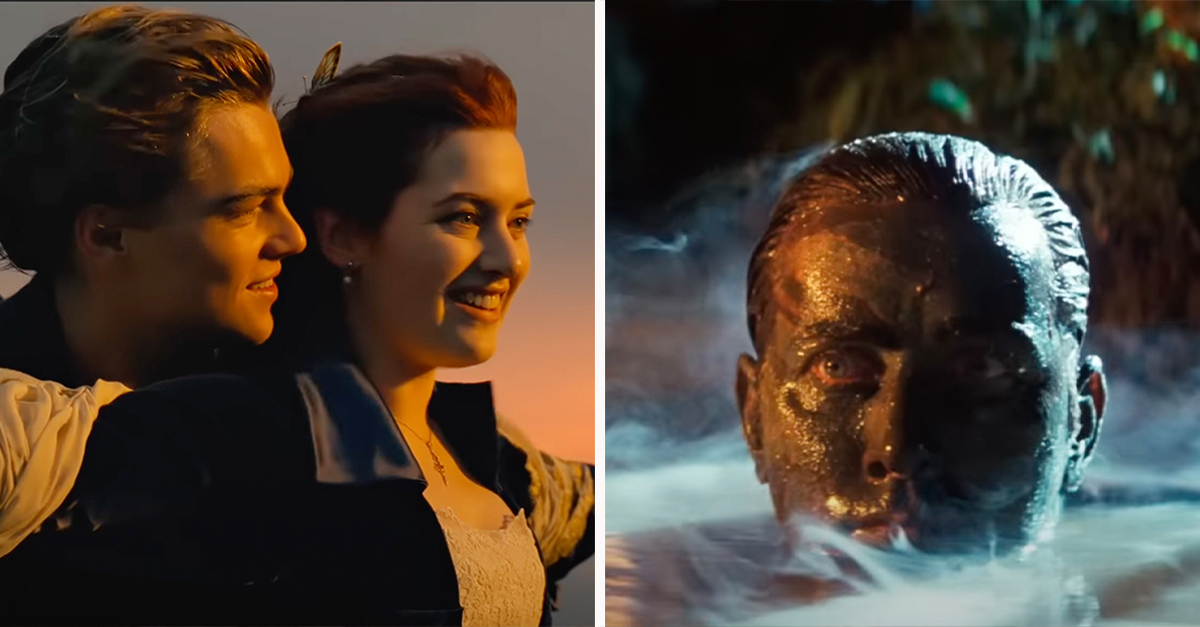Short-Lived Classics
Some shows are destined to be classics no matter how long they run. While mega-hits like The Simpsons or SpongeBob dominate pop culture for decades, there’s a special charm in animated series that shine brightly for a short time and vanish before their brilliance wears thin. Let’s take a trip through some of the greatest animated shows that ended far too soon.

The Dark Crystal: Age Of Resistance (2019)
Netflix’s prequel to Jim Henson’s The Dark Crystal was visually jaw-dropping and narratively rich, combining breathtaking puppetry with sweeping fantasy storytelling. Despite critical acclaim and awards, it was canceled after just one season, leaving fans mourning what could’ve been. Its mix of artistry, mythology, and emotional depth made it feel like an animated epic unlike anything else on television. It’s still hailed it as a masterpiece cut short.
 Netflix, The Dark Crystal: Age of Resistance (2019)
Netflix, The Dark Crystal: Age of Resistance (2019)
Downtown (1999)
MTV’s Downtown captured the grit, humor, and awkwardness of urban youth culture at the turn of the millennium. With its sketchbook-like animation and conversational tone, the show felt like eavesdropping on real-life twenty-somethings. It lasted only 13 episodes, but its authentic voice resonated with viewers who craved something different from the glossy sitcoms of the era. It remains one of the network’s most underrated creative risks.
Afro Samurai (2007)
Few anime series had the swagger of Afro Samurai. With Samuel L Jackson voicing the lead, the series fused classic samurai tropes with modern hip-hop style and violent, operatic visuals. Running for only five episodes and a TV movie, it nonetheless became a cult hit. Its influence is still felt in how Western audiences embraced anime as a stylish, genre-blending art form.
Clerks: The Animated Series (2000–2002)
Kevin Smith’s cult film Clerks translated into an animated comedy with biting satire, pop culture references, and great gags. Despite a talented voice cast and sharp writing, ABC pulled the plug after only two episodes aired. Later released in full on DVD, its six episodes built a devoted following. The series showed what might have happened if Smith’s irreverent humor had been allowed to flourish in animation.
 ABC, Clerks: The Animated Series (2000–2002)
ABC, Clerks: The Animated Series (2000–2002)
Galaxy High School (1986)
What happens when two Earth kids transfer to a high school in space? Galaxy High answered with colorful aliens, teenage drama, and clever lessons about fitting in. Its whimsical sci-fi aesthetic, catchy theme song, and playful social satire made it a Saturday morning gem. Sadly, it ran for just 13 episodes, but it remains beloved among fans of quirky, creative 80s cartoons that dared to be different.
 CBS, Galaxy High School (1986)
CBS, Galaxy High School (1986)
The Midnight Gospel (2020)
Created by Pendleton Ward (Adventure Time) and comedian Duncan Trussell, this psychedelic series blended podcast-style interviews with surreal animation. Each episode explored existential topics like death, spirituality, and acceptance, all while characters adventured through bizarre multiverse settings. Its mix of heartfelt conversation and trippy visuals earned rave reviews, yet Netflix cut it after one season.
 Netflix, The Midnight Gospel (2020)
Netflix, The Midnight Gospel (2020)
The Maxx (1995)
Based on Sam Kieth’s cult comic, MTV’s The Maxx was moody, experimental, and deeply psychological. Following a homeless man who believes he’s a superhero, the series blurred the line between reality and dreamscape. Its visual style, faithful to the comic, was ahead of its time. Though only 13 episodes aired, it remains an icon of 90s animation for its raw storytelling and fearless dive into themes of trauma and identity.
Æon Flux (1991–1995)
Originally part of MTV’s Liquid Television, Æon Flux pushed boundaries with its avant-garde storytelling, violent action, and striking visuals. Often dialogue-free, episodes relied on surreal imagery and fragmented plots. Though it lasted just a handful of episodes and shorts, it built a reputation as one of the boldest and strangest animated series of the 90s. Its influence still ripples through modern sci-fi and cyberpunk aesthetics today.
Over The Garden Wall (2014)
This hauntingly beautiful Cartoon Network miniseries followed two brothers lost in a mysterious forest. Blending Americana folk tales, eerie humor, and gorgeous hand-painted visuals, it quickly became a cult classic. Its 10 episodes felt like a complete fairy tale, but many fans still wish for more adventures in its enchanted world. With themes of courage, brotherhood, and self-discovery, it left a lasting impression well beyond its short run.
 Cartoon Network, Over the Garden Wall (2014)
Cartoon Network, Over the Garden Wall (2014)
Clone High (2002–2003)
Absurd, hilarious, and strangely heartfelt, Clone High imagined teenage versions of historical figures attending high school together. Abraham Lincoln, Cleopatra, and Gandhi dealt with angst, romance, and cafeteria drama in brilliantly satirical ways. Despite critical praise, the show lasted only one season. Its cult popularity eventually led to a revival in 2023, proving the original’s bizarre humor and razor-sharp wit had aged perfectly.
Beast Machines: Transformers (1999–2001)
A direct sequel to Beast Wars, this darker, more spiritual take on Transformers split audiences with its philosophical tone. Focusing on themes of evolution and destiny, it offered bold character arcs and a unique visual style. Running for just two seasons, it was ambitious, divisive, and unforgettable. Today, it’s recognized as one of the most daring experiments in the Transformers franchise.
 Fox Kids, Beast Machines: Transformers (1999–2001)
Fox Kids, Beast Machines: Transformers (1999–2001)
Sonic The Hedgehog (1993–1994)
This darker take on Sega’s mascot gave Sonic and his Freedom Fighters a dramatic, serialized story against Dr Robotnik’s oppressive regime. Far removed from slapstick Saturday cartoons, it offered real stakes and character development. Despite passionate fans, the show ended after just two seasons. It remains a nostalgic favorite, showing that even video game mascots could carry serious, story-driven animation.
 ABC, Sonic the Hedgehog (1993–1994)
ABC, Sonic the Hedgehog (1993–1994)
Godzilla: The Series (1998–2001)
Spinning out of the 1998 film, Godzilla: The Series exceeded expectations by delivering fun monster-of-the-week stories with sharp writing and strong animation. It embraced kaiju lore more successfully than its big-screen parent. Running only two seasons, it built a loyal following among fans who preferred its tone to the film it followed. For many, it’s the true American Godzilla worth remembering.
 Fox Kids, Godzilla: The Series (1998–2001)
Fox Kids, Godzilla: The Series (1998–2001)
The Secret Saturdays (2008–2010)
This Cartoon Network adventure followed the Saturday family as they hunted cryptids around the world. Combining monster-of-the-week excitement with family dynamics, it struck a balance between action and heart. Despite only two seasons, it built a reputation for smart world-building and compelling storytelling. It remains a favorite for fans of creature features and Saturday morning fun.
 Cartoon Network, The Secret Saturdays (2008–2010)
Cartoon Network, The Secret Saturdays (2008–2010)
Tugs (1989–1990)
From the creators of Thomas the Tank Engine, Tugs replaced trains with tugboats but kept the intricate model sets and charming storytelling. Set in a busy harbor, the show mixed drama, humor, and industrial detail. Although it ran for just one season, its craftsmanship and realism made it stand out. Collectors and fans still celebrate its artistry decades later.
Invader ZIM (2001–2002)
Nickelodeon’s Invader ZIM pushed boundaries with its dark humor, grotesque style, and eccentric alien protagonist. Cancelled early, it nonetheless earned awards and a massive cult following. Its biting satire and over-the-top absurdity resonated with older kids and teens. Conventions, fan art, and even a 2019 Netflix movie (Enter the Florpus) kept the legacy alive. ZIM failed his mission, but the show conquered pop culture.
 Nickelodeon, Invader ZIM (2001–2002)
Nickelodeon, Invader ZIM (2001–2002)
The Zeta Project (2001–2003)
A spin-off of Batman Beyond, this series followed Zeta, a robot designed for assassination who yearned to live peacefully. With its themes of identity, morality, and freedom, it stood out as a heartfelt character study. Although it lasted just two seasons, it deepened the DC Animated Universe and gained a loyal fanbase that still campaigns for its continuation.
 Kids’ WB, The Zeta Project (2001–2003)
Kids’ WB, The Zeta Project (2001–2003)
Wolverine And The X-Men (2008–2009)
This short-lived Marvel series packed emotional storytelling, slick animation, and a strong focus on Wolverine’s leadership. It covered epic story arcs and teased future plots cut short by cancellation. Fans loved its smart writing and character focus, ranking it alongside the best X-Men shows. Its single season left viewers wanting more of this grittier mutant drama.
 Nicktoons, Wolverine and the X-Men (2008–2009)
Nicktoons, Wolverine and the X-Men (2008–2009)
Time Squad (2001–2003)
Cartoon Network’s Time Squad featured a quirky trio—a robot, a caveman, and a bureaucrat—sent to correct historical mistakes. Its satirical take on history made it both educational and hilarious. Despite a clever concept, it only lasted two seasons. Today, it’s remembered fondly as one of the channel’s most creative and underappreciated experiments.
 Cartoon Network, Time Squad (2001–2003)
Cartoon Network, Time Squad (2001–2003)
The Spectacular Spider-Man (2008–2009)
Arguably the best Spider-Man animated series ever, Spectacular Spider-Man balanced high school drama with superhero stakes. Its tight storytelling, sharp humor, and nuanced characters made it beloved by fans and critics alike. Despite only two seasons, its influence on later Spidey adaptations is undeniable. The show’s abrupt end remains one of the great heartbreaks for Marvel animation fans.
 Kids’ WB, The Spectacular Spider-Man (2008–2009)
Kids’ WB, The Spectacular Spider-Man (2008–2009)
WildC.A.T.S. (1994–1995)
Based on Jim Lee’s comic, WildC.A.T.S. delivered 90s superhero grit with colorful, high-energy animation. Though it lasted only 13 episodes, it stood out among the comic adaptations of the era for its edgy style and memorable character designs. Its short run cemented its cult status as a relic of the 90s comic boom.
Invasion America (1998)
A sci-fi animated project produced with Steven Spielberg’s Amblin, this miniseries told the story of an alien invasion and a young hero’s fight to save Earth. It mixed American animation with anime-inspired visuals, standing out at the time for its ambition. Unfortunately, poor ratings ended it quickly. Fans still remember it as an ambitious attempt at cinematic storytelling on television.
 The WB, Invasion America (1998)
The WB, Invasion America (1998)
Spiral Zone (1987)
Set in a dystopian future where an evil warlord controls much of Earth, Spiral Zone offered darker, more mature storytelling than most cartoons of its era. The show was tied to a toy line, but its eerie world-building and tense storylines gave it surprising depth. Though short-lived, it’s fondly remembered by 80s kids who craved something edgier than standard Saturday morning fare.
Mission Hill (1999–2002)
This cult-favorite adult cartoon explored the lives of hipsters, young professionals, and artists in a vibrant cityscape. With sharp satire and heartfelt character moments, it felt like a precursor to shows like Bob’s Burgers or Portlandia. It never got more than a single season, but its unique voice and art style keep it alive in animation fan circles.
 The WB, Mission Hill (1999–2002)
The WB, Mission Hill (1999–2002)
C Bear and Jamal (1996–1997)
This quirky Saturday morning cartoon paired a wisecracking rapping teddy bear with a young boy named Jamal. The show blended hip-hop culture with life lessons and comedy, making it stand out in the 90s lineup. Though it lasted just one season, it’s remembered for its unique mix of music, humor, and heart, offering something different for Saturday morning audiences.
 Fox Kids, C-Bear and Jamal (1996–1997)
Fox Kids, C-Bear and Jamal (1996–1997)
You May Also Like:
Saturday Morning Cartoons That Disappeared Without A Trace
Classic Cartoons That Most Zoomers Have Never Even Heard Of















